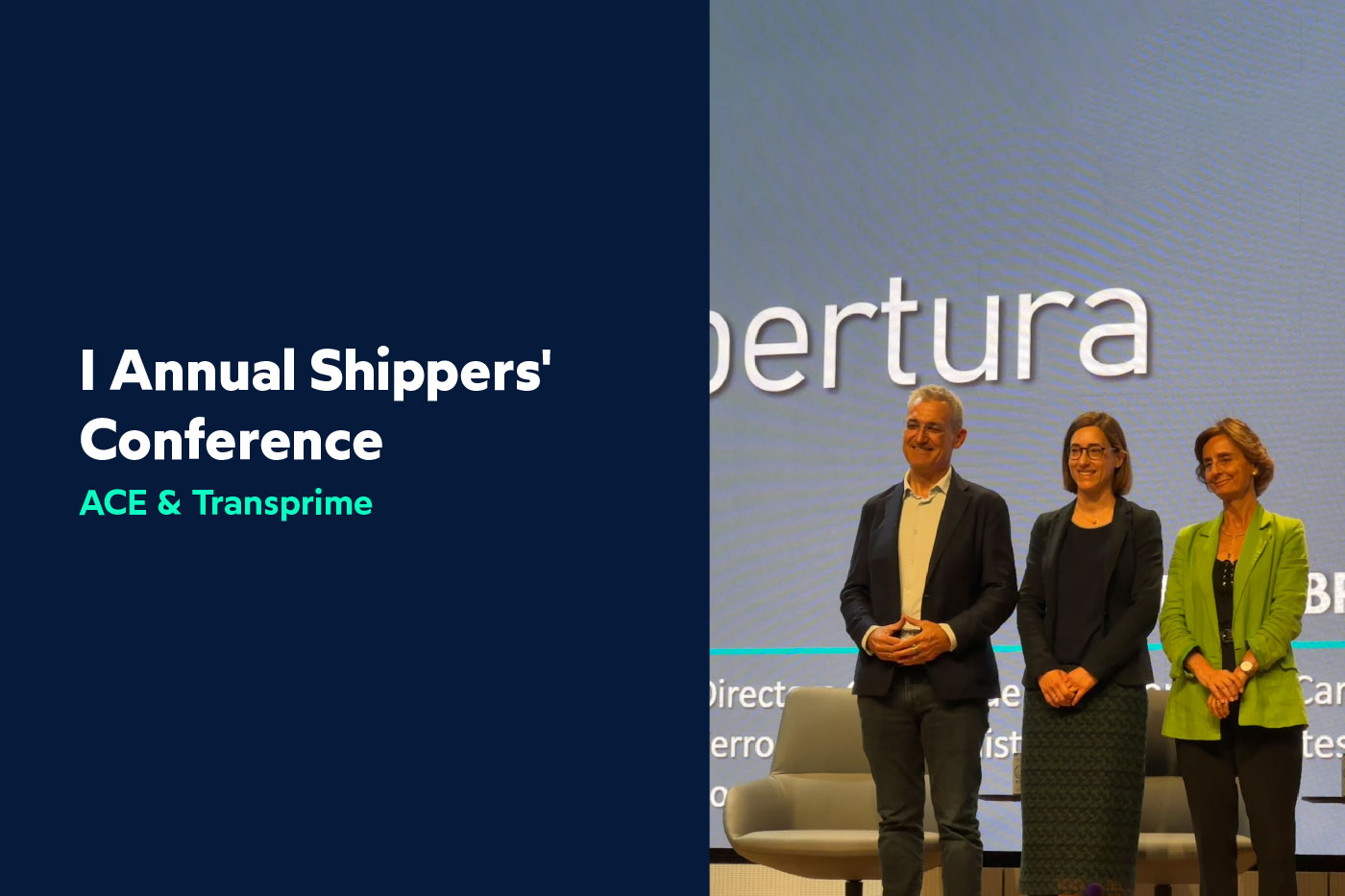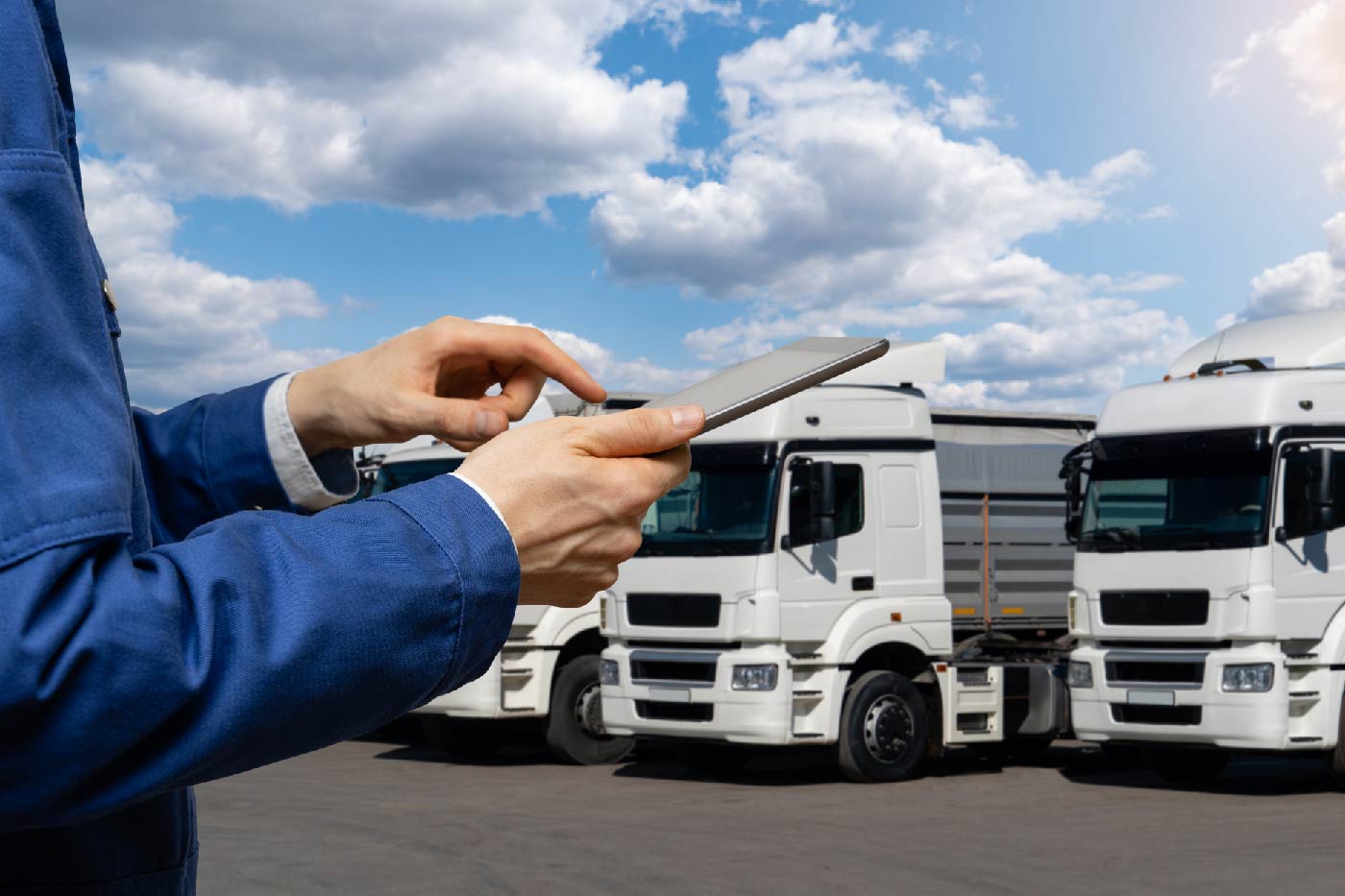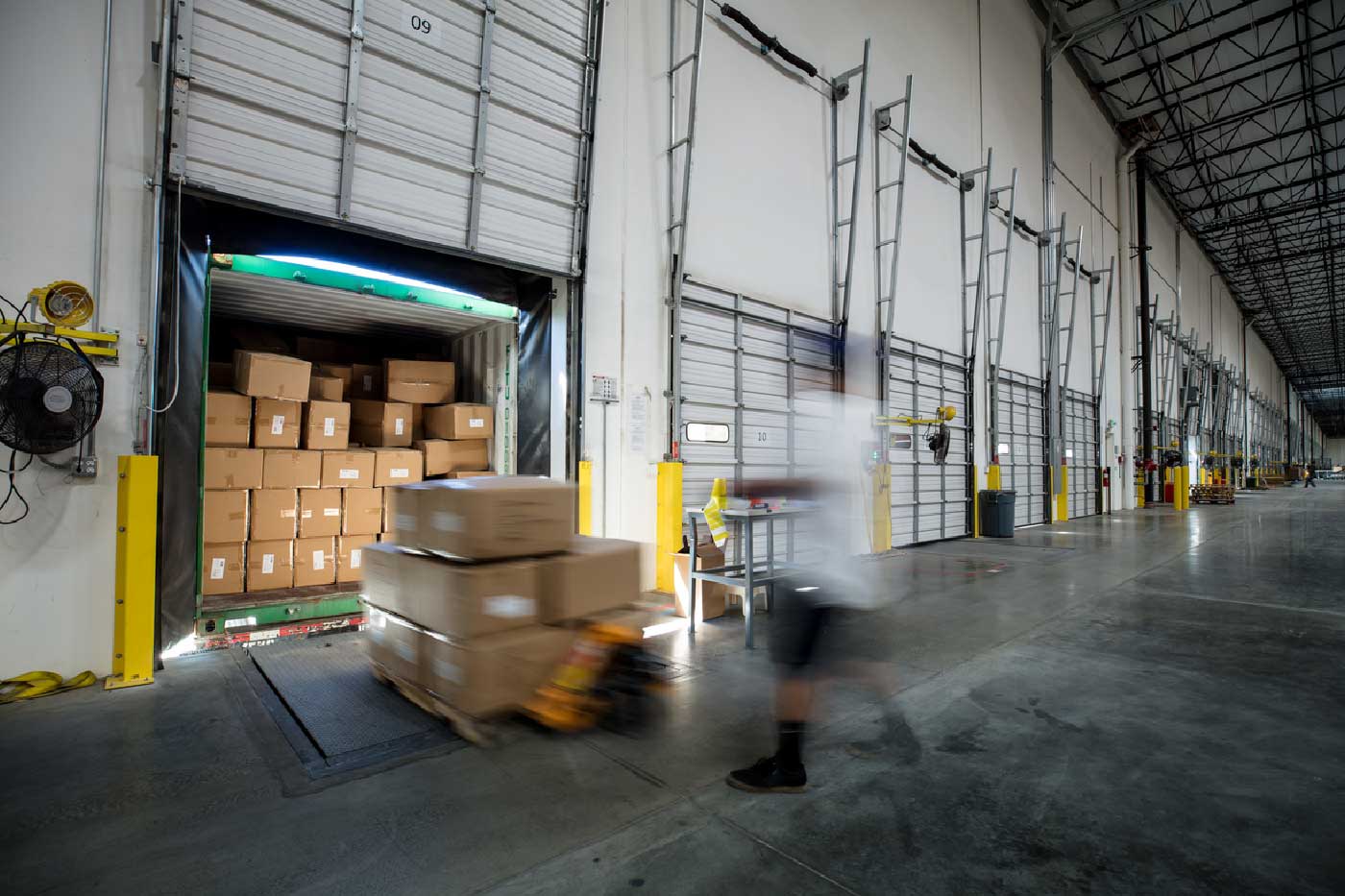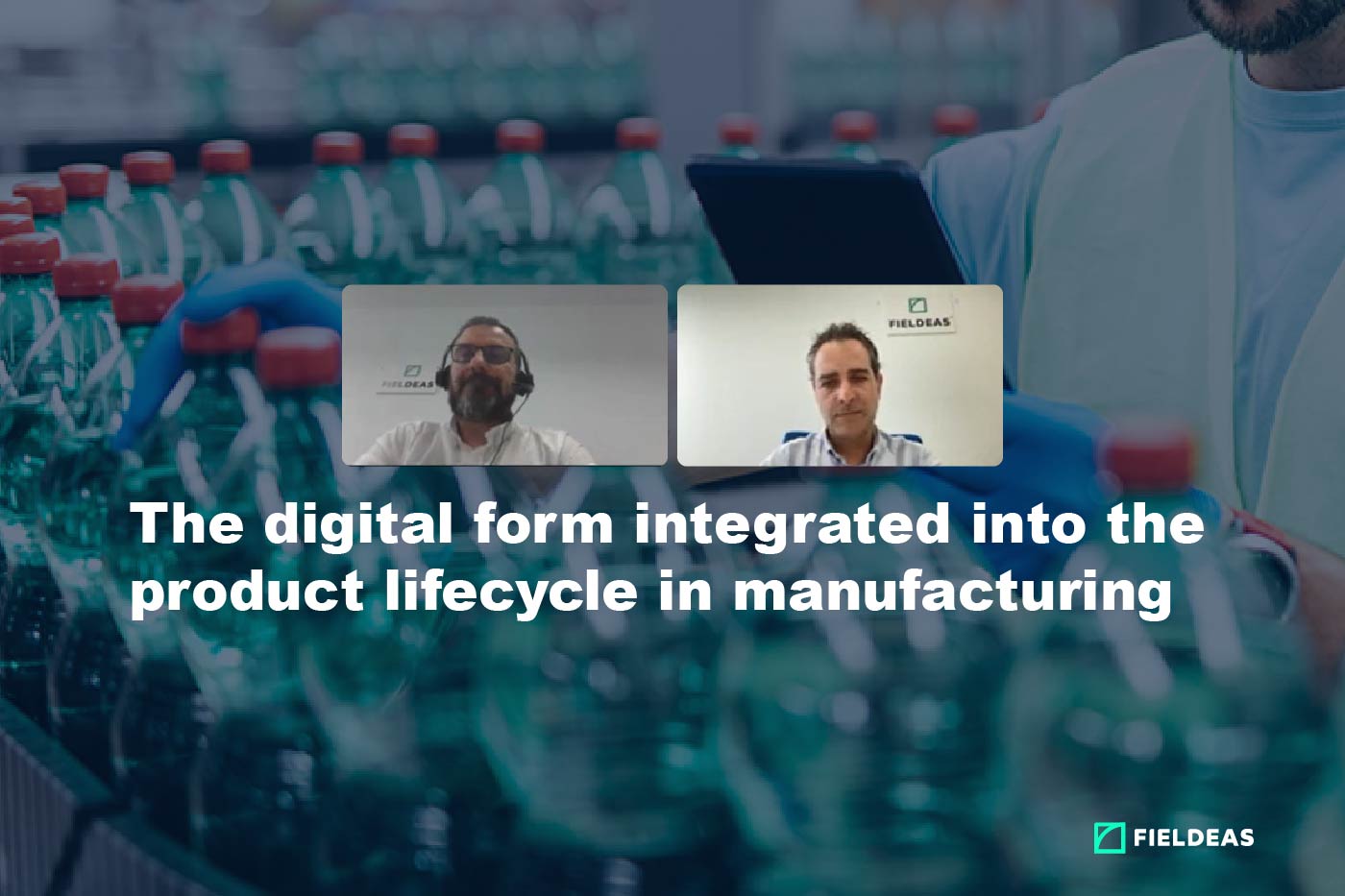Over the last two decades, logistics management has become increasingly complex, making it necessary to centralize the information generated in an attempt to improve threatened profitability.
The process of globalization of industrial production has made it necessary to incorporate new players to provide adequate management of longer supply chains.
And, although it seems that with the health crisis this process is in question, the truth is that supply chain management continues to have a high degree of complexity.
In this sense, logistics and transportation professionals handle multiple sources of information that provide data from different sources and in different formats. Putting them all in order is a first challenge followed by the need to collate, order and combine them so that they provide adequate performance and status indicators.
This process can only be achieved by means of new technologies, given the dispersion of documentary sources and the enormous amount of data that can be collected throughout the supply chain.
Towards the control tower centralizing the information
Thus, the first task of the new technologies is to centralize all the information and act as a real control tower. In this way, it will serve as a watchtower to collect absolutely all the data that can provide management indicators.
However, the role of new technologies does not end here, but goes beyond that. In this sense, the control tower concept encompasses a whole series of characteristics, among them:
- A control tower enables a supply chain operation to be comprehensively managed.
- The control tower is not only limited to providing complete visibility of an activity, but also makes it possible to trigger corrective measures.
- Any supply chain operation has financial implications for the company and on the service offered to the customer, so any control tower must also take into account both factors.
- The control tower must anticipate possible adverse scenarios and be able to develop different scenarios for proper planning.
- The control tower must be a scenario open to the collaboration of all the actors that make up the supply chain and that, as such, can contribute elements of great interest.
- The control tower is a dynamic element that is constantly evolving, as is supply chain management itself, to adapt with agility to any change or unexpected situation.
The collection of information along the supply chain must be followed by research and development work to ensure that the raw data is channeled into programs that provide orderly, consistent and relevant information.
To this end, it is essential to have platforms capable of interpreting the entire flow of information at high speed and in a way that is suitable for logistics management.
Only with specific programs will it be possible to generate concrete and appropriate management indicators for each link in the supply chain, including such an essential element as transportation.
Many of these indicators refer to operations, while others are related to the logistics business and should also be taken into account, although they are often overlooked.
To this end, it is essential that technology companies and operators work side by side to design an information flow adapted to the needs of each company.
Finally, the development should provide information in a centralized dashboard, with an understandable format and simple visualization. Centralized information provides a comprehensive view of logistics and transportation processes.
At the same time, the simplest possible visualization of all indicators facilitates the management of any incident and the taking of corrective measures to correct any deviation in the chain.
To ensure that corrective actions are effective, information must be centralized, processed and provided in real-time visual indicators.
FIELDEAS Track and Trace, the all-in-one for chain control
There are multiple programs and platforms that offer partial management of the different links in the supply chain, including transportation. There are also other softwares that perform integral management in real time.
Sin embargo, solo FIELDEAS Track and Trace offers real-time total transport chain management from a business perspective.
To this end, it uses management indicators related to the different operations that make up the transport chain and incorporates other data related to business management, making it a unique visibility software of its kind.
Only by integrating operational management indicators with business indicators can we reach a level where technology can help companies achieve greater profitability in times of tough international crisis.
In this way, FIELDEAS Track and Trace offers a competitive advantage to transport companies and operators by providing them with a technology capable of providing high-value indicators for their customers.
Similarly, the software can also be used to adapt the management of equipment and personnel to the needs of each activity to help reduce costs and improve business profitability, all thanks to the fact of being able to centralize information with the help of new technologies such as FIELDEAS Track and Trace, a great solution for the management of transport companies.











